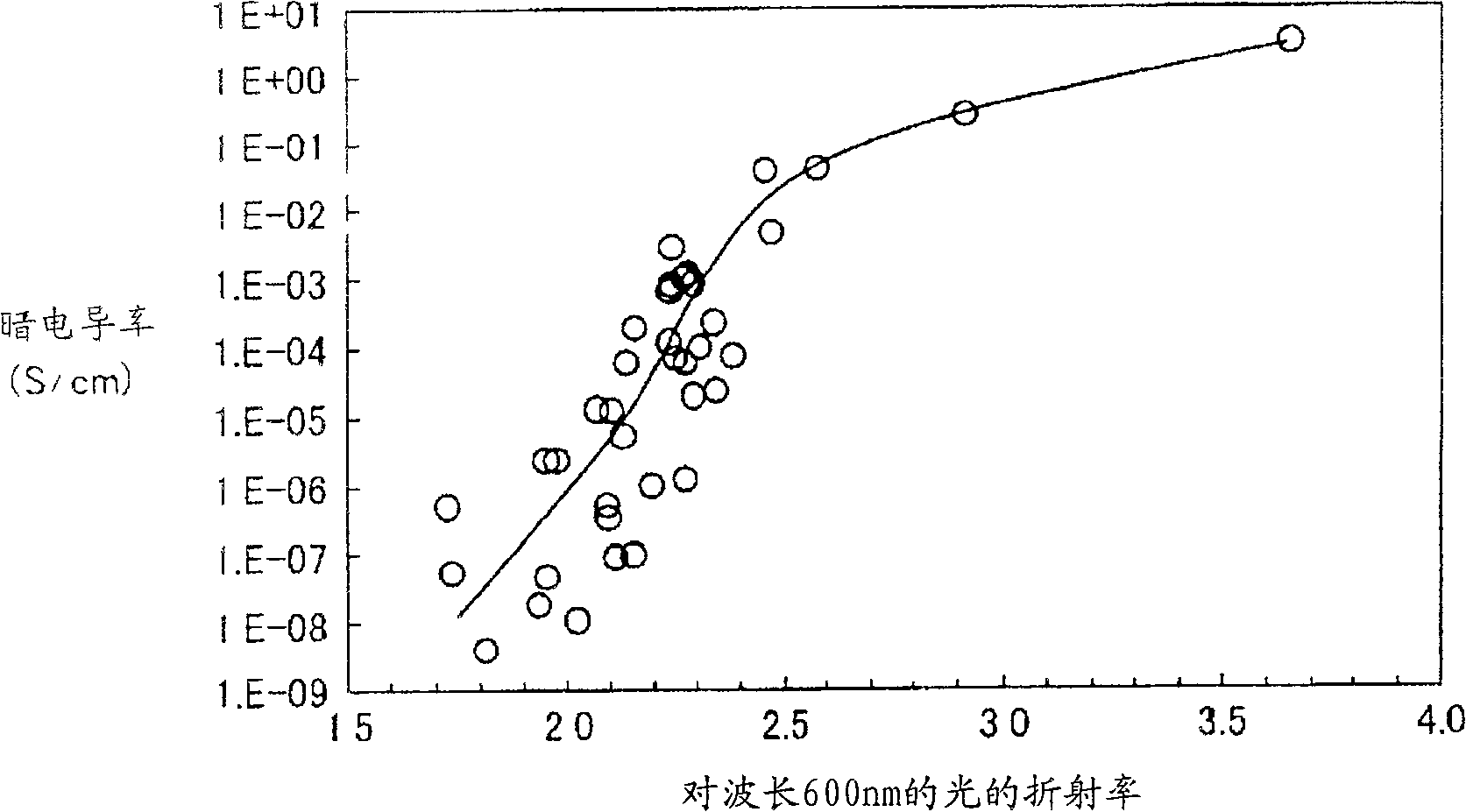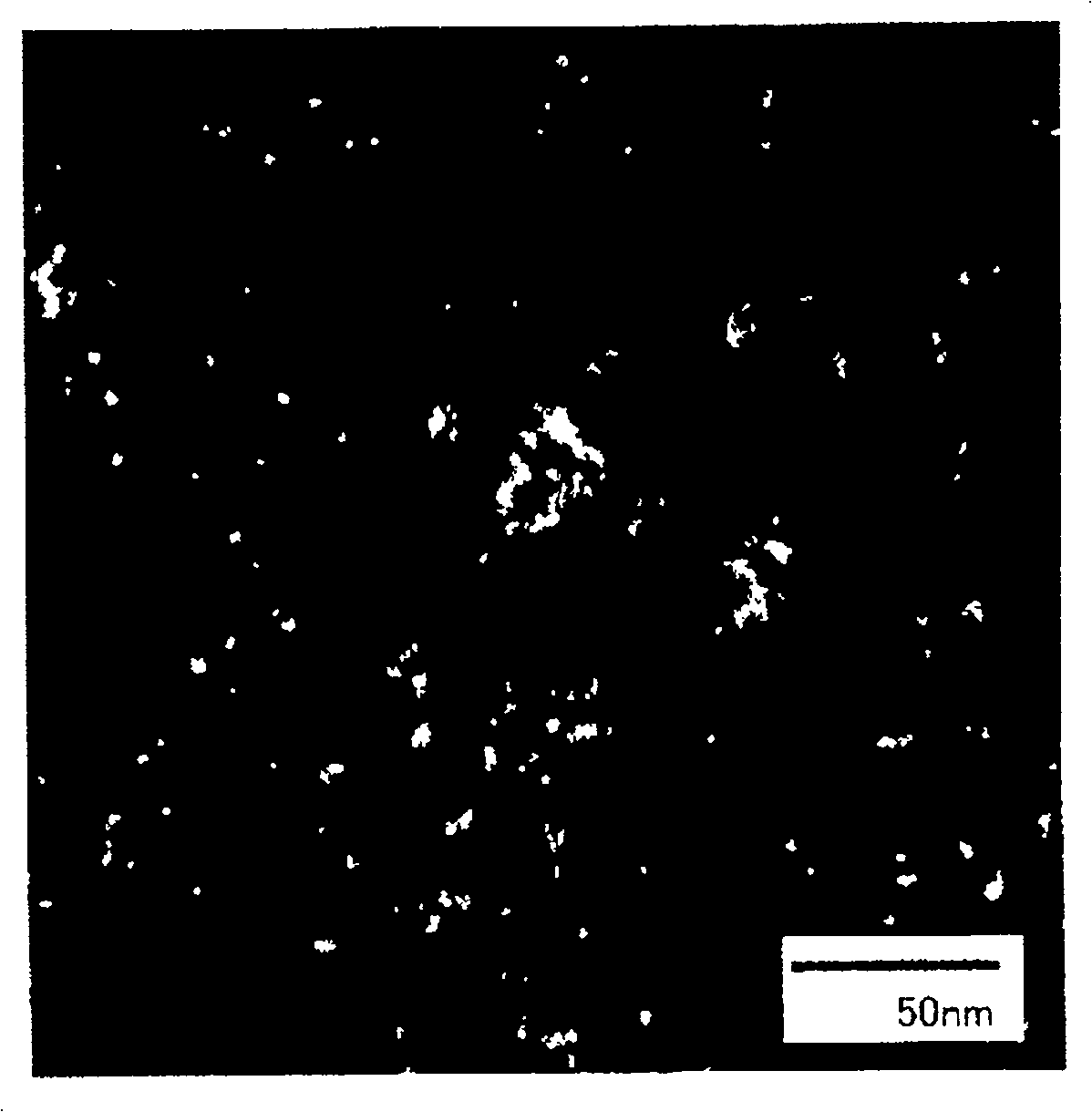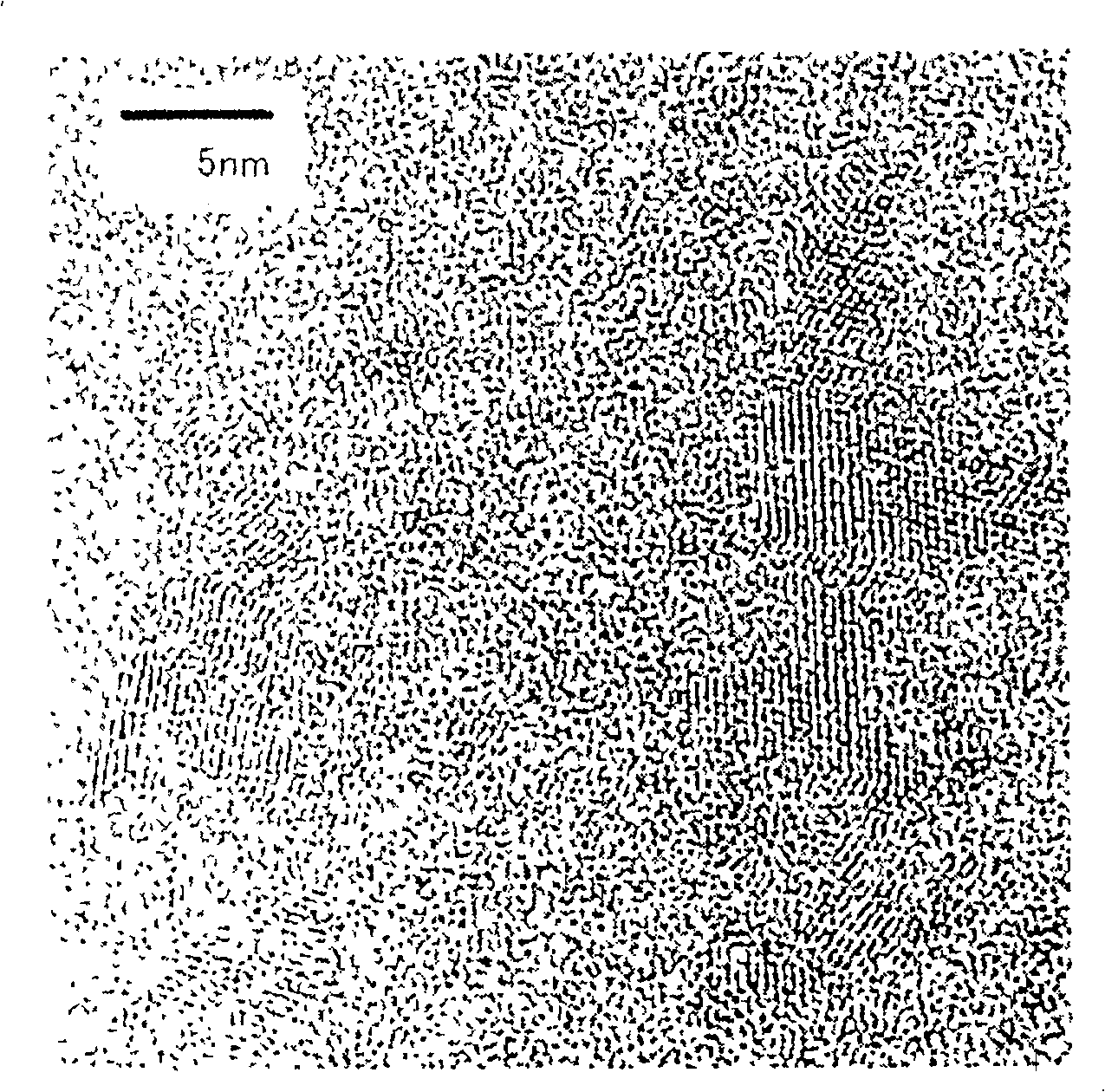Stacked photoelectric converter
A conversion device, photoelectric technology, applied in the direction of photovoltaic power generation, circuits, electrical components, etc., can solve the problems of increased production cost and time, increased area loss of photoelectric conversion area, interface pollution, etc., to avoid the reduction of photoelectric conversion efficiency, reduce Effects on production cost and time
- Summary
- Abstract
- Description
- Claims
- Application Information
AI Technical Summary
Problems solved by technology
Method used
Image
Examples
Embodiment 1
[0185] As Example 1, manufactured Figure 10 The stacked photoelectric conversion device shown. The device of this embodiment 1 is only in the point that the n-type silicon compound layer 4 with a thickness of 30 nm is formed between the front photoelectric conversion unit 3 and the wide photoelectric conversion unit 5 and Figure 15 The device of Comparative Example 1 shown is different. In addition, the n-type silicon composite layer 4 can also be considered as a part of the n-type layer included in the front photoelectric conversion unit 3 .
[0186] The film-forming condition of n-type silicon composite layer 4 is that the gas flow ratio is SiH 4 / CO 2 / PH 3 / H 2 =5 / 10 / 0.1 / 1000sccm, power frequency is 13.56MHz, power density is 100mW / cm 2 , the pressure is 100Pa, and the substrate temperature is 200°C. In the formed n-type silicon composite layer 4, the oxygen concentration is 42 atomic%, the optical gap is 2.37eV, the Exps measured by XPS is 3.5eV, the refractive i...
Embodiment 2
[0189] As Example 2, manufactured Figure 17 The stacked photoelectric conversion device shown. The device of this embodiment 2 is only compatible with the n-type layer of the front photoelectric conversion unit 3 by using the n-type silicon composite layer 4 with a thickness of 30 nm as the intermediate reflection layer and the n-type layer. Figure 10 The apparatus of Example 1 is shown differently.
[0190] It can be seen from Table 1 that compared with Example 1, the Jsc of the present embodiment 2 is further increased, the Eff is increased, and the spectrally induced currents of both the front photoelectric conversion unit and the rear photoelectric conversion unit are also increased. This is because the light reflected on the side of the front photoelectric conversion unit 3 and the light transmitted through the side of the rear conversion unit 5 need not all pass through the n-type layer of the front photoelectric conversion unit 3 by the silicon composite layer 4. Ty...
Embodiment 3
[0194] As Example 3, manufactured Figure 18 The stacked photoelectric conversion device shown. In the device of Example 3, only the n-type silicon composite layer 34 with a thickness of 30 nm as the first n-type layer and the n-type microcrystalline silicon layer 35 with a thickness of 5 nm as the second n-type layer are laminated to form the front photoelectric conversion unit. 3 n-type layers at this point and Figure 17 The apparatus of Example 2 is shown differently. Of course, the n-type silicon composite layer 34 of the third embodiment is also formed under the same plasma CVD conditions as the n-type silicon composite layer 4 of the first and second embodiments.
[0195] As can be seen from Table 1, compared with Example 2, the present embodiment 3, although Jsc decreases slightly, FF increases, and Eff increases. In addition, although the spectrally induced current of the front photoelectric conversion unit in Example 3 is slightly lower than that of Example 2, it ...
PUM
 Login to View More
Login to View More Abstract
Description
Claims
Application Information
 Login to View More
Login to View More - R&D
- Intellectual Property
- Life Sciences
- Materials
- Tech Scout
- Unparalleled Data Quality
- Higher Quality Content
- 60% Fewer Hallucinations
Browse by: Latest US Patents, China's latest patents, Technical Efficacy Thesaurus, Application Domain, Technology Topic, Popular Technical Reports.
© 2025 PatSnap. All rights reserved.Legal|Privacy policy|Modern Slavery Act Transparency Statement|Sitemap|About US| Contact US: help@patsnap.com



